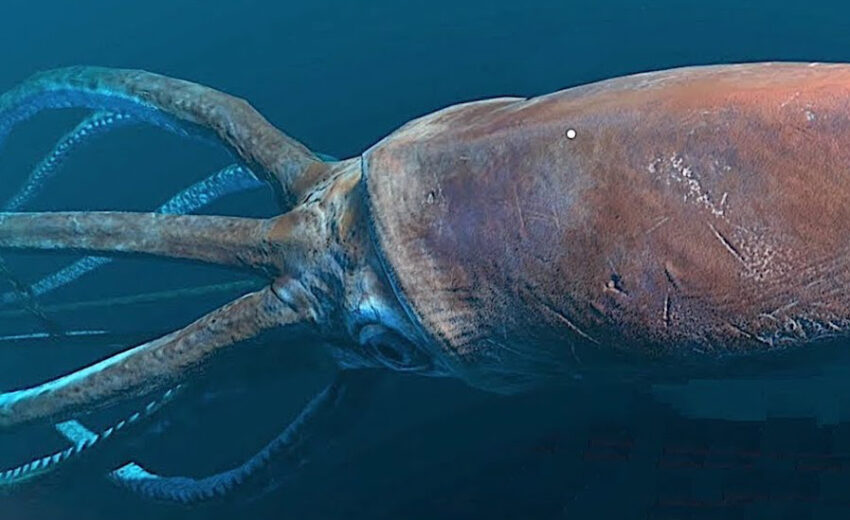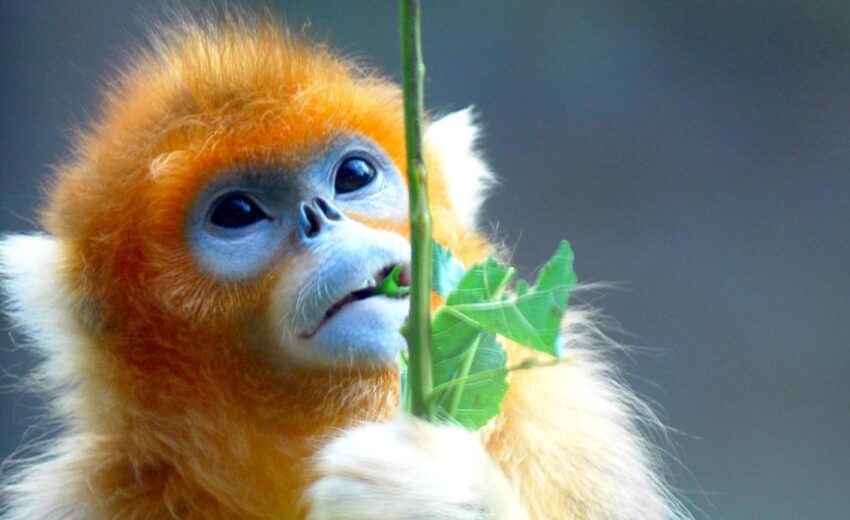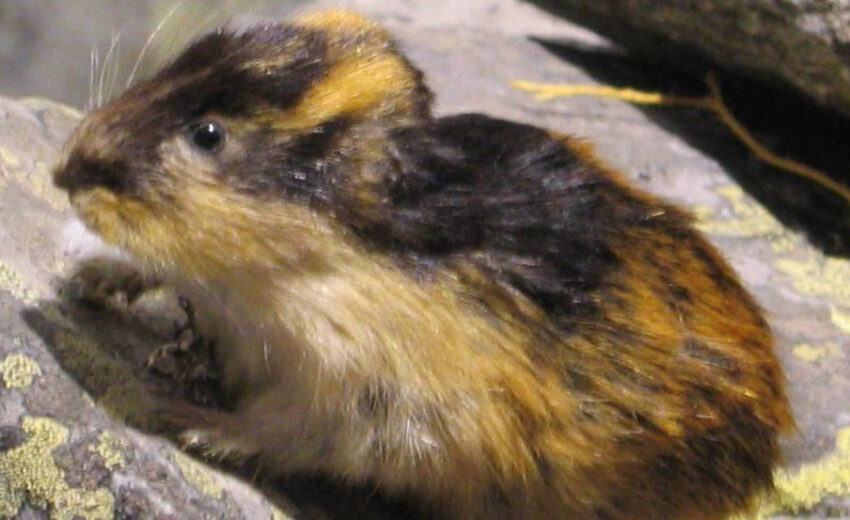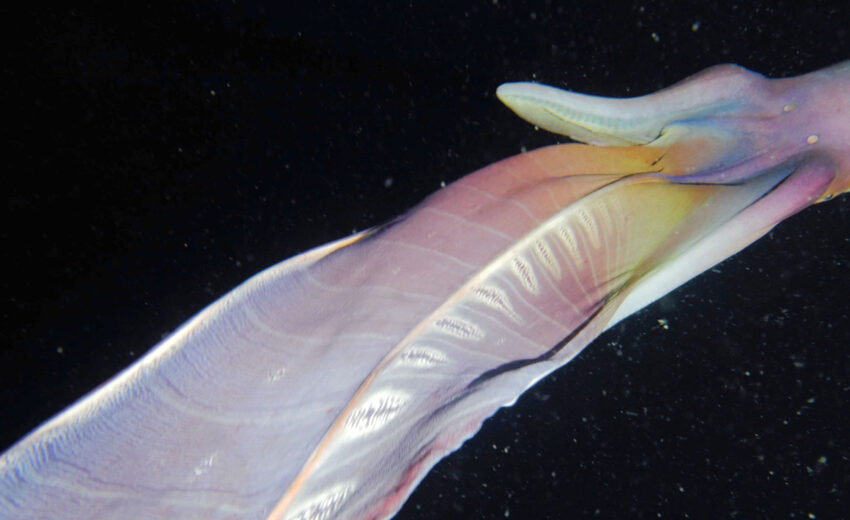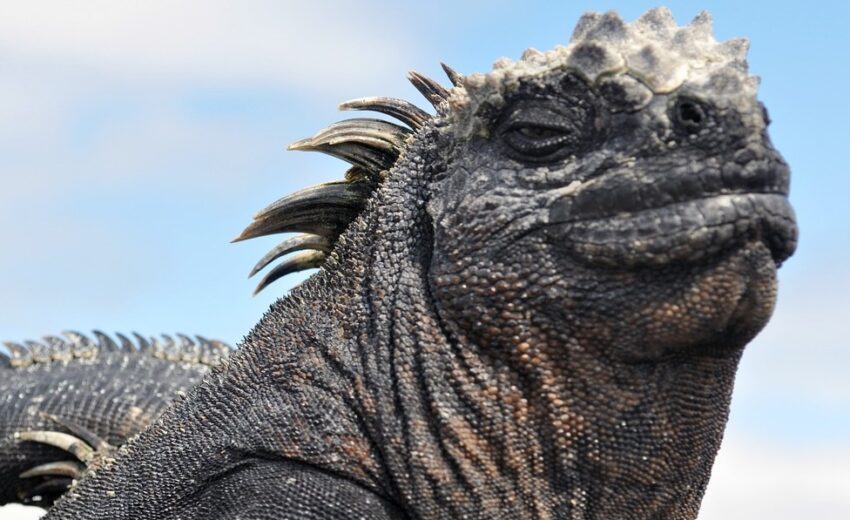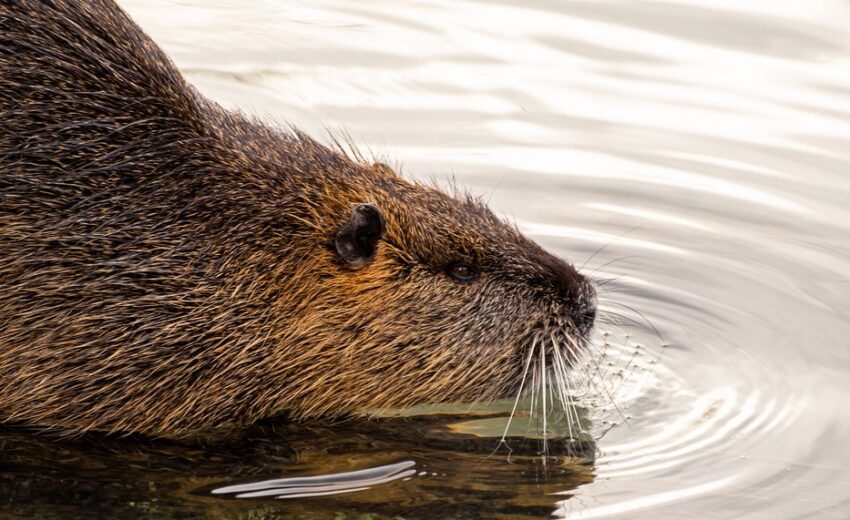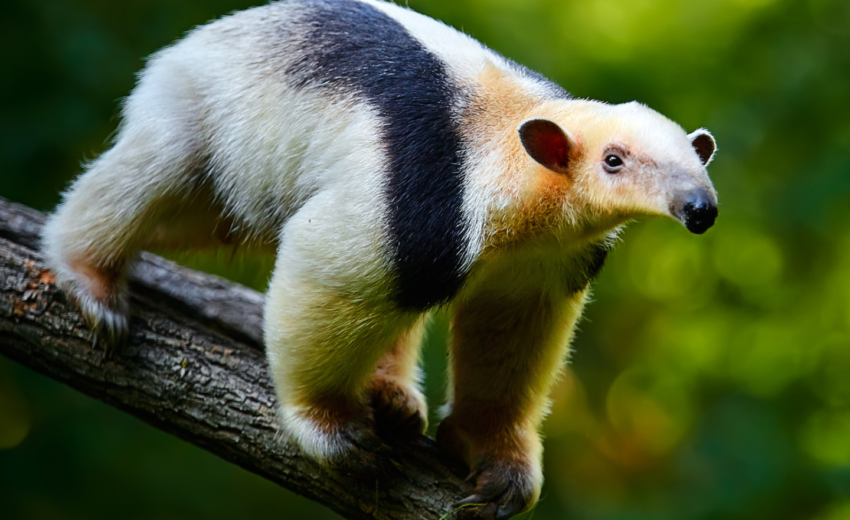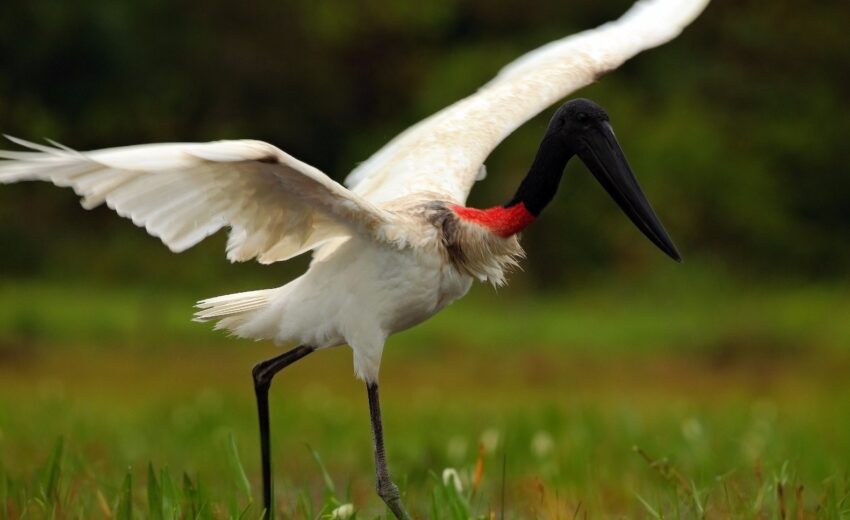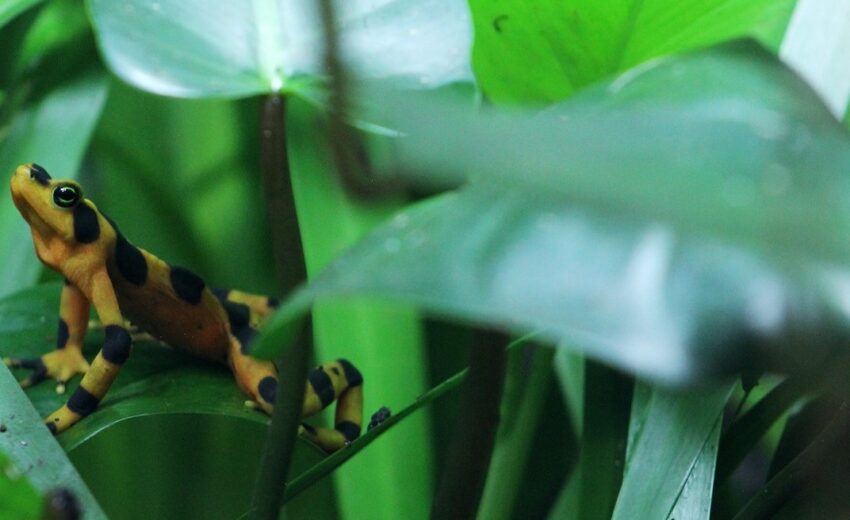Not only is the giant squid the largest of all the cephalopods, it’s also the largest living invertebrate in the world! They can be found in the Northern parts of the Atlantic Ocean, the Gulf of Mexico, the Sea of Japan, the Bering Sea, Northern parts of the Pacific Ocean, […]
- Zoology
- Daily Critter Facts
- For Teachers
- Study Guides
- Diseases & Parasites
- Contact


